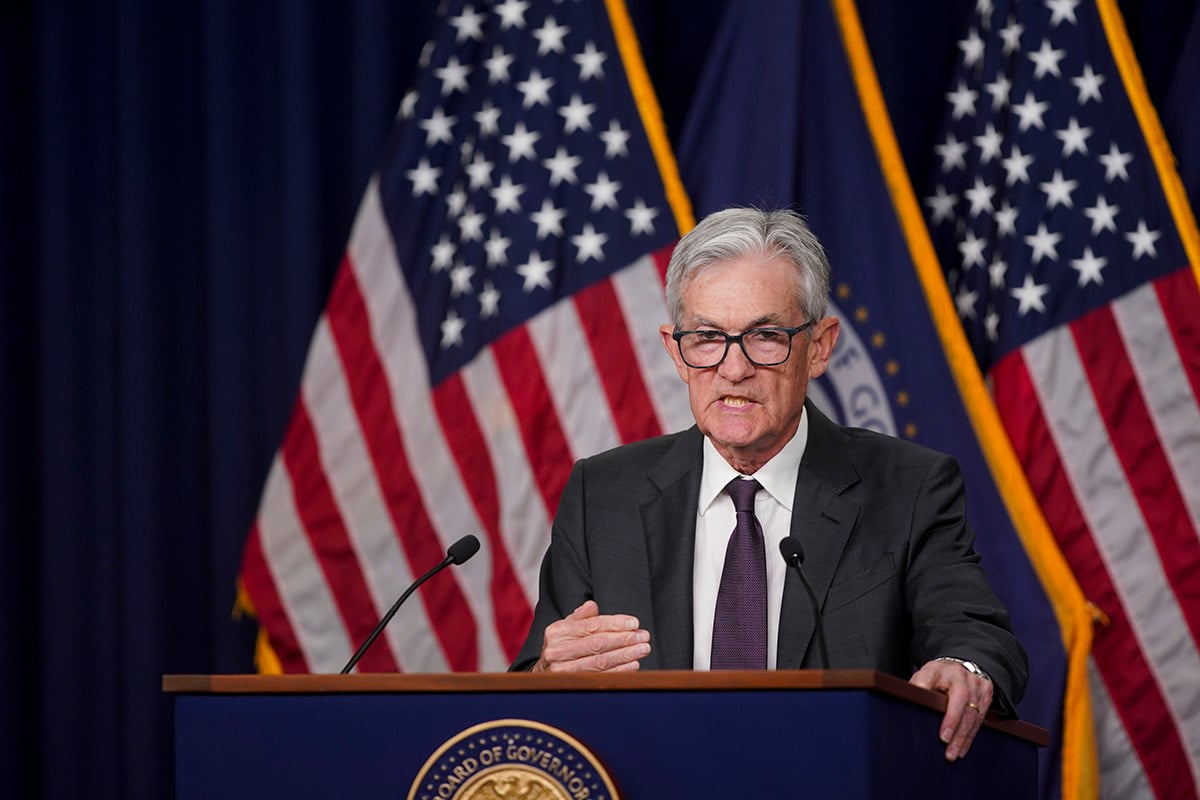The new president of the Federal Reserve Bank of Minneapolis, Neel Kashkari, has gotten off to a bold start. In a speech this week, he warned that almost eight years after the financial crisis, the largest U.S. banks still pose a grave risk to taxpayers and the broader economy. Dealing with this problem, he said, will require a "transformational restructuring."
He's right that the financial system needs further reform, and it's good that he's open to radical proposals. But one thing should be clear at the outset: The best way to make banks safer is also the simplest. Require them to finance themselves with more capital and less debt.
Kashkari played a central role in the U.S. Treasury's efforts to shore up the financial system in 2008. He knows the terrible choice that policy makers faced: rescue big banks at taxpayer expense, or risk a worse disaster. He's convinced that—despite the complex panoply of rules and mechanisms put in place since then—the government will be in much the same position when the next crisis happens.
Complete your profile to continue reading and get FREE access to Treasury & Risk, part of your ALM digital membership.
Your access to unlimited Treasury & Risk content isn’t changing.
Once you are an ALM digital member, you’ll receive:
- Thought leadership on regulatory changes, economic trends, corporate success stories, and tactical solutions for treasurers, CFOs, risk managers, controllers, and other finance professionals
- Informative weekly newsletter featuring news, analysis, real-world case studies, and other critical content
- Educational webcasts, white papers, and ebooks from industry thought leaders
- Critical coverage of the employee benefits and financial advisory markets on our other ALM sites, PropertyCasualty360 and ThinkAdvisor
Already have an account? Sign In Now
*May exclude premium content© 2025 ALM Global, LLC, All Rights Reserved. Request academic re-use from www.copyright.com. All other uses, submit a request to [email protected]. For more information visit Asset & Logo Licensing.





